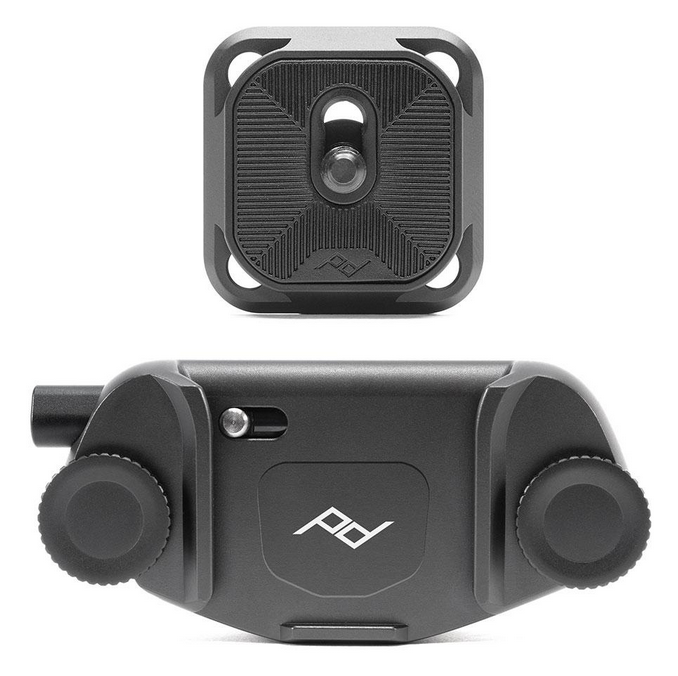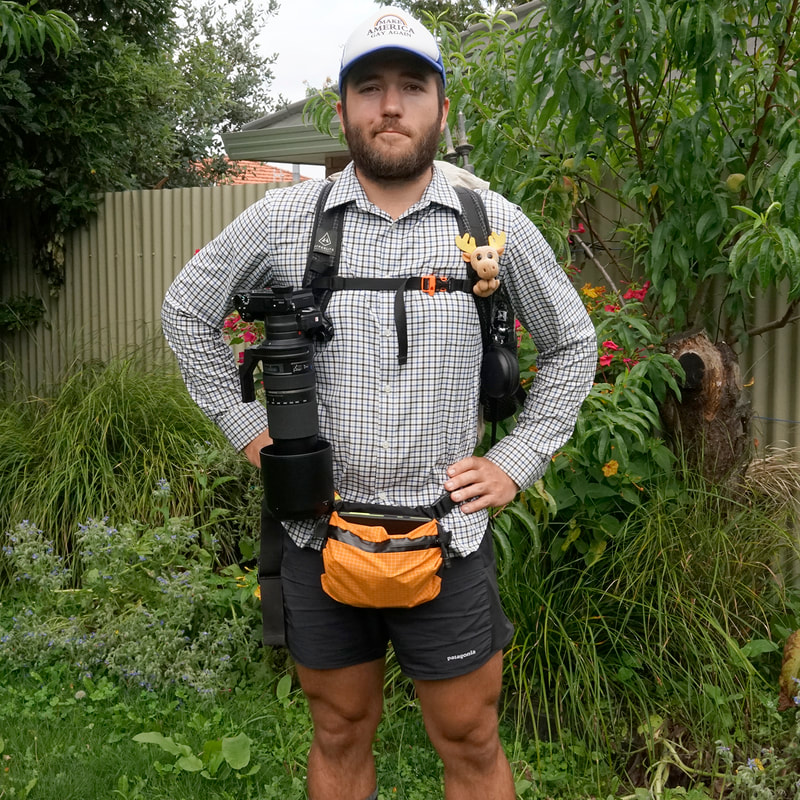|
First published in Wilderlife.nz with a few alterations. The last thing you want to worry about when you’re lugging yourself and a heavy pack around the mountains is a wildly dangling camera. Anthony Behrens may have found a solution. Backcountry photography is really hard on camera gear in New Zealand. The country that has the best scenery is also the most rugged. Mountains literally attract bad weather and that bad weather contains lots of water, dust and general filth. I’ve had to replace the insides of a less than six-month-old and state-of-the-art Sony a6500 through humidity after walking from Wellington to the top of the Coromandel with it draped around my neck. It was always at the ready for THAT shot, but it was always getting sweated on too. As my partner and I made the 62 day Spine of the Fish hike through sub-tropical rainforest, in a very damp and humid 2017 autumn, the camera, although advertised as weather resistant, lost it’s delicate electronics to corrosion. Yes, it is supposedly Weather Sealed, but that’s a pretty loose description, and probably doesn’t incorporate Greasy Baked on Sweat Seals. “You must have dropped it in a river!” suggested the guy at the Sony shop when he found out what was wrong. “The motherboard is corroded.” “Nope,” was my honest reply as my my mind spluttered at the imagined cost of the repair. One of the reasons that I’ve gone with Sony is the great service I receive from the Palmerston North-based national repair centre. We came to a very amicable arrangement and my beautiful wee camera is now as good as new. I've lost expensive gear to a river before and it was with this in mind that I set off into the Ruahine Ranges with two cameras, one set up for film (the a6500), the other for stills (the larger Sony A7II). I was there to follow a Whio dog and it’s handler up the Mangatera River. I had both cameras around my neck dangling on their factory fitted and fairly long straps. It was savage work – the dog and its master didn’t care that I was running around after them trying to get the right angles and moments. They were there to efficiently make their way up a beautiful and rugged river looking for ducks. More than once I found myself in thigh-deep water with my cameras dangling loosely just inches from certain death. As I climbed over logs, up waterfalls and through narrow dark gorges and caves, my cameras constantly swung, knocked and scraped against me and the Ruahines. “There’s got to be a better way!” I bemoaned quietly to myself as I looked down at my freshly scratched and worn cameras on the chopper ride home. Thankfully there is a better way. It’s three weeks later and I’ve just come in from testing my new Peak Design Capture Clip and hand strap. Mac, A world-roaming and sort-of-professional outdoor gear reviewer recently stayed in our backyard tramping hut while on a tour of New Zealand – he carried his Sony a6500 on one of these smart and tough little buggers that he has attached to his pack strap. I’d seen similar before and talked to people on various forums about them, but never acted. “They’re just a gimmick,” I and others figured. Well, sometimes seeing for yourself is the best way to find out about something. When we attached that monster 150-600mm lens to Mac’s a6500 I was sold! It looked hilarious, but it also looked bloody good. Not in a phallic symbol kind of way…just in a hey…this looks like a serious piece of engineering kind of way. I’ve just come back from my first test run in the mountains. I’ve bought two of the clips, a wrist strap and a “fist” or Clutch Strap. I chose not to go all Rambo with the test on my first outing, so just took the Clutch and Clip attached to my larger camera. I spent the afternoon climbing steep gullies and banks and grovelling around in deepish pools filming water insects (yep…what a nerd). There were heaps of not-too-tough river crossings as well as a few scrambles over large rocks – my camera felt safe and sound clipped to my chest. When needed, it clipped off nicely and the fist strap felt really secure. Of course I still could have fallen in and lost the camera, but that’s what dry bags are for. I’m looking forward to a real test – with two cameras. I’ll let you know how it goes. Pros: It’s just a relief not to have dangling cameras! Cons: The strap attaches to the Peak Clip’s baseplate which in turn is attached to the screw mount at the bottom of the camera. The Anchor Clip tie dampens the sound of a clean click when attaching the camera to the Capture Clip so it’s hard to feel completely safe when attaching the camera. I’m sure this won’t be a problem as I get used to the system, but it was a little unnerving on my first day in the field. Watch the vid...
5 Comments
Sebastian
19/4/2019 07:26:46 am
Hi, very nice website, cheers!
Reply
Saeedah Naseer
7/6/2023 04:22:41 am
Your blog post hit the mark! It was informative, engaging, and had a personal touch. I enjoyed the anecdotes you shared. For more on this subject, <a href="https://www.swampthing.co.nz/tbr/the-end-of-camera-dangle" target="_blank">click here</a>.
Reply
Leave a Reply. |
ABOUTWhen I got my first job as a newspaper designer, the bromide room was a refuge from the non-stop sausage factory that the art department often was. This blog is a nod to the value of taking some time away from the drawing board to just take a breather. True, the air was full of toxic fumes, but the conversation was usually good. Archives
January 2019
Categories
All
|


 RSS Feed
RSS Feed
